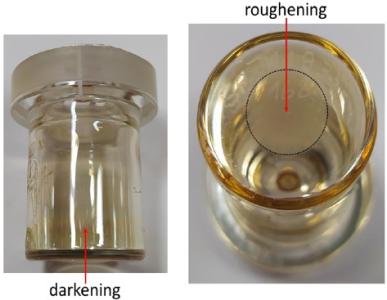Advanced glass cell technology for extended GNSS atomic clocks lifetime

Increasing of cell robustness for atomic frequency standard lamps and dissociators by analysis and testing of state of the art techniques
Glass cells are typically used in Frequency Standard, both as reference cell, in the lamps for atomic pumping and as dissociator bulbs.When used in a lamp (RAFS or Mercury ion trap), the cell must be sufficiently resilient for avoiding limitations in the lifetime due to diffusion of material (i.e. Rubidium or Mercury) inside the bulb walls, given the combination of dissociation mechanisms and high temperatures. In the case of dissociators (like in the PHM) the sputtering effect due to ion bombardment of the inner bulb surface is one of the detrimental effects limiting the instrument lifetime. Cell coating or appropriate bulb material selection are the only solution for limiting such phenomena. The existing techniques adopted in the industrial processes (especially for light bulbs) or in literature shall be analysed and solution shall be proposed for both lamps and dissociators. The identified solutions shall be implemented and at least 5 cells shall be manufactured for each solution proposed. Those cells will be integrated on a representative test vehicle. Aging or comparative tests shall be then identified and performed with the aim of assessing the identified solutions effectiveness. Geometry of the cells/bulbs will be provided as an input to the activity. Clock manufacturers shall be involved in the study for bulb geometry and test vehicle definition.
